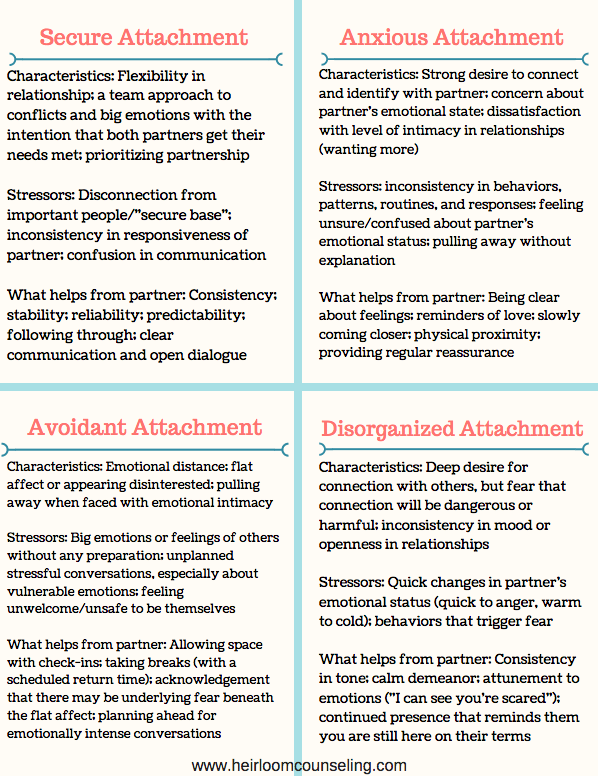Relationships
Relationships in all forms can be complicated! And at the same time social connection is necessary for us as humans and can be so very beautiful and supportive for us when we learn to manage the hard times better. Navigating these relationships, whether they are romantic or platonic, can be difficult at times where having a space to freely speak about the emotions and decisions involved within the relationships can be helpful.
Learning about our attachment styles, defining our role and identity within our relationships, and identifying what our relationship values, goals and needs are can help us to form healthier relationships going forward.
Every relationship is a learning experience for the next one. Our earliest relationships can set the tone for us in future ones, where looking back at your relationship patterns, first with your primary caretakers and the impact that has had on you emotionally, can be helpful in determining what’s needed and healthy for relationships currently and in the future.
John Bowlby, the first attachment theorist, described attachment as a "lasting psychological connectedness between human beings." Attachment can, most simply be defined as an emotional bond with another person. Attachment theorists have categorized attachment patterns into 4 major categories:
Anxious attachment: These children may become very distressed when a parent leaves. There is a lack of parental availability, where these children cannot depend on their primary caregiver to be there when they need them.
Avoidant attachment: Children with an avoidant attachment tend to avoid parents or caregivers, showing no preference between a caregiver and a complete stranger. This attachment style might be a result of abusive or neglectful caregivers. Children who are punished for relying on a caregiver will learn to avoid seeking help in the future.
Disorganized attachment: These children display a mix of behavior, seeming disoriented, dazed, or confused. They may avoid or resist the parent. Lack of a clear attachment pattern is likely linked to inconsistent caregiver behavior. In such cases, parents may serve as both a source of comfort and fear, leading to disorganized behavior.
Secure attachment: Children who can depend on their caregivers may show healthy levels of distress when separated and then joy when reunited. Although the child may be upset, they feel assured that the caregiver will return. They can trust and depend on the caregiver in this way. When frightened, securely attached children are comfortable seeking reassurance from caregivers.
(*reference for more reading: https://www.verywellmind.com/what-is-attachment-theory-2795337)
Therapy can be helpful in determining what attachment style patterns were mostly present for you in past relationships, and how these patterns may show up currently. Attachment style can change with time, and relationships can improve with more insight and mindfulness around these tendencies.
Defining our identities, goals, values, needs and preferences in relationships is also very important. Defining an identity of our own to avoid codependency is crucial for our wellbeing. Especially when entering the dating scene. We need to feel confident and secure enough in our own needs so that we can speak them clearly in our relationships with others, form consensual agreements, set appropriate and necessary boundaries, and depend on realistic expectations.
Whether you are looking for help with a monogamous or a consensual non-monogamous relationship, a romantic relationship or a platonic one, allow me to help you in defining those needs and navigating your next steps.



